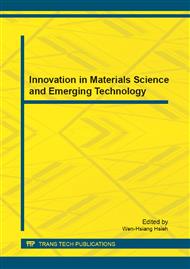p.510
p.515
p.520
p.525
p.530
p.536
p.542
p.547
p.552
Inspiration from New Urbanism to the Development of Chinese Communities
Abstract:
After the World War II, cities expanded rapidly. Some social problems such as traffic jam, air pollution, land waste, inner town’s decline and so on are brought about by the suburb development mode which is represented by low-density single-storey houses and car’s traffic. On the background, New Urbanism which stands for the community living theory that corresponds to suburbanization, rose from the end of 1980s in the U.S., expanded rapidly and formed the design trend of thought which influenced the world. It proposed to renew the tradition of townlets and towns planning before the World War II, modeling communities of compact type possessing towns living atmosphere which substituted suburb’s spread mode. Theory and practice of New Urbanism which receives much attention from the masses, news media and public voice complies with the modern mode which puts emphasis on traditional culture and seeking sustainable development, gets business success and becomes the significant genre in the field of city design and planning in recent years.
Info:
Periodical:
Pages:
530-535
Citation:
Online since:
December 2011
Authors:
Keywords:
Price:
Сopyright:
© 2012 Trans Tech Publications Ltd. All Rights Reserved
Share:
Citation:


